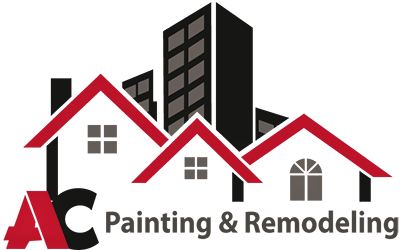COMMERCIAL AND RESIDENTIAL PAINTING
Shadows can make the task of painting very difficult, so it is recommended that your workspace be bright and that all corners and edges are clearly visible. An angled brush works best when cutting edges: be sure to choose a high-quality brush for the task. Full control over your brush is key to the success of an interior painting. Hold the brush as you would with a ballpoint pen to ensure stability and control when painting. It is recommended that you cover the bristles of a brush one-third of the way when you paint the edges and remove excess paint. When cutting the edges, it is important to brush off the excess paint and then try to paint delicate lines. The goal is to avoid housing huge amounts of paint in the corners, which will result in a messy finish.
OTHER USEFUL PAINTING TECHNIQUES
Lapping marks can make a paint job look very messy; Avoid this by rolling a full length before reapplying paint to your roller. When cutting, let the paint dry before removing the tape to create the perfect edge. Always make sure that the surface of your paint is clean and dry. To create the perfect and smooth finish, it may be necessary to sand during the layers. Allow the paint to dry before sanding uneven surfaces. Painting techniques and tips will vary depending on whether the painting is done independently or by a painting contractor, but keep in mind that commercial and residential painting professionals also offer different techniques and tips to ensure a painting job. By following some basic interior painting tips, you can make sure that a painting project is successful. If you have questions about a commercial or residential painting project, contact us today!




